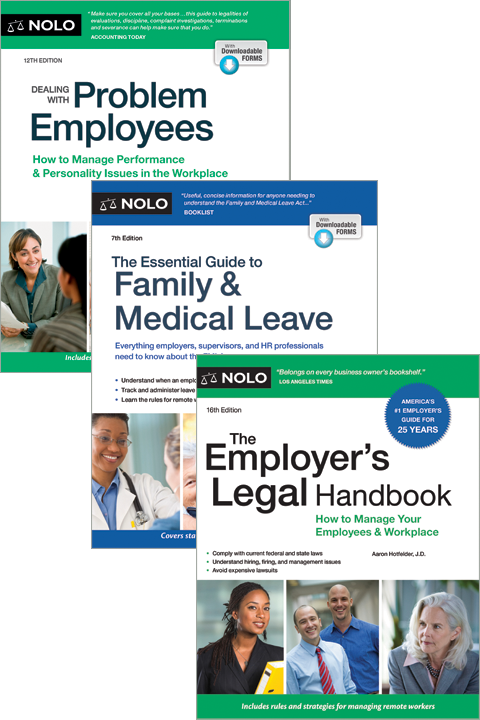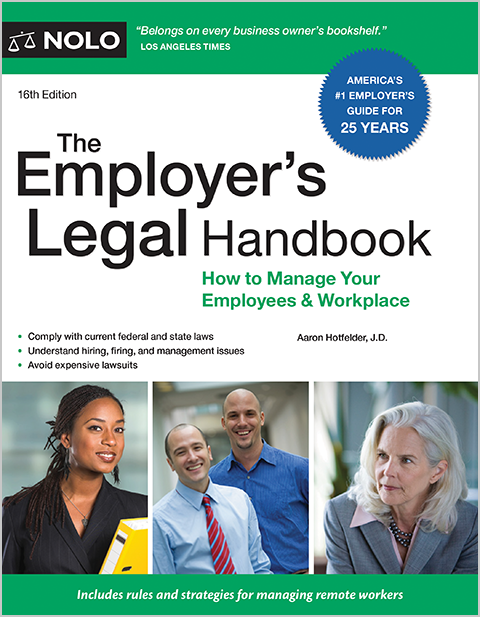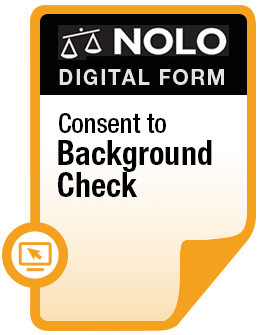Uber drivers in California are independent contractors, not employees. But that could change.
In recent years, Uber and other app-based rideshare companies have been involved in a legal battle over whether their drivers are employees or independent contractors.
The state of California made headlines in 2020 by passing Assembly Bill 5 (AB5), a controversial law that made it significantly harder for employers to classify workers as independent contractors.
Less than a year later, California voters approved Proposition 22 ("Prop. 22"), which created an exemption to AB5 for Uber, Lyft, and other app-based ride-hailing services.
In 2021, a California state judge ruled Prop. 22 unconstitutional, but in 2023 a California appeals court overturned the bulk of that decision.
Although further legal challenges are likely, as of 2025 Uber drivers and other rideshare drivers in California are independent contractors, not employees.
Employee Versus Independent Contractor: Why It Matters
It's important to know why it matters whether a company classifies a worker as an employee or independent contractor. In general, employees are entitled to a host of protections and benefits that independent contractors are not necessarily entitled to, including:
- wage and hour laws, including the right to minimum wage, overtime, meal breaks, and reimbursement of business expenses
- antidiscrimination laws, including the right to be free from discrimination and harassment in the workplace
- payroll withholdings, including state and federal tax withholdings
- workers' compensation benefits, and
- unemployment benefits.
When companies misclassify workers as independent contractors, they are likely depriving these workers of the various benefits they are entitled to under the law. This can lead to claims for unpaid wages and penalties.
Whether a worker is an employee or an independent contractor is relevant in many contexts, and each government agency uses a slightly different analysis.
For more information, see Independent Contractor or Employee: How Government Agencies Make the Call.
Assembly Bill 5 and the "ABC Test" for Independent Contractor Status
The independent contractor classification is particularly relevant to California's wage and hour laws, which provide a number of rights and benefits to employees but not independent contractors.
Historically, California used the flexible, multi-factored Borello test to determine whether a worker is an employee for purposes of California wage orders. However, in 2018, the California Supreme Court rejected this test in favor of a more restrictive three-prong test called the "ABC" test. Dynamex Operations W., Inc. v. Super. Ct., No. S222732 (Cal. Apr. 30, 2018).
Assembly Bill 5 (which, as mentioned above, does not apply to Uber and other rideshare drivers) requires employers to satisfy the following three prongs of the ABC test to classify a worker as an independent contractor:
- The worker is free from the control and direction of the company in connection with performing the work, both in reality and under the terms of the relevant contract.
- The worker performs work that is outside the usual course of the company's business.
- The worker is customarily engaged in an independently established trade, occupation, or business of the same nature as the work being performed for the company.
The requirements of Assembly Bill 5 mean that California employers generally must clear a high bar to classify their workers as independent contractors. But the law doesn't apply to Uber, Lyft, and other app-based ride-hailing and delivery services. (In addition, read about the many other job categories exempt from AB5.)
Filing a Suit for Misclassification Before Passage of Prop 22
In 2024, the U.S. Supreme Court allowed California workers to join together to sue Uber and Lyft for misclassification under the Private Attorneys General Act (PAGA). (Uber v. Gregg, No. 23-645, and Lyft v. Seifu, No. 23-769.)
The Court declined to review appeals from Uber and Lyft, who sought to prevent their drivers from suing over their classification as independent contractors rather than employees.
Although Proposition 22 classified ride-hailing drivers as contractors, the Court allowed drivers to seek penalties for violations before the initiative passed in November 2020.
The Court's decision is also significant because it upholds the ability for workers to sue under PAGA, a California law that allows employees to file lawsuits against employers for labor code violations on behalf of themselves, other employees, and the state.
The law essentially deputizes workers to enforce labor laws, allowing them to seek civil penalties for violations, with the majority of any recovered penalties going to the state and a portion to the affected employees.
If you've been misclassified as an independent contractor, you might be entitled to minimum wage pay, overtime pay, penalties, and more.
To find out your options, speak to an experienced California employment lawyer today.



